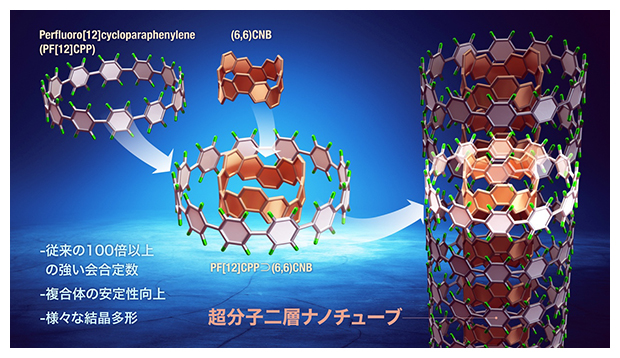2024-09-09 ドイツ連邦共和国・ユリウス・マクシミリアン大学ヴュルツブルク(JMU)

・ JMU と南デンマーク大学(SDU)が、電気による変調の制御が可能なプラズモンナノ共振器を開発。
・ 現在のコンピューターの速度は物理的な限界に達している。半導体コンポーネントは通常、最大使用可能周波数である数 GHz で動作(1 秒当たり数十億回の計算処理に相当)する。
・ 現行のシステムでは個々のチップの速度をこれ以上上げることができないため、複数のチップを使用して計算タスクを分割しているが、コンピューターチップで電気(電子)の代わりに光(光子)を使用した場合では、最大 1,000 倍の向上が可能になる。
・ 光と電子が相互作用するナノサイズの金属構造体の「光アンテナ」としても知られるプラズモンナノ共振器は、チップ速度を飛躍的に向上させることが期待されているが、効果的な変調の制御が課題。このことが光ベースの高速スイッチの開発を妨げている。
・ 本研究では、共振器の表面の特性を変えることに焦点を当て、ヘリウムイオンビームと金ナノ結晶を使用した高度なナノファブリケーションよる単一の共振器(金ナノロッド)を電気的に接触させることで目標を達成。光アンテナでは金属の電子がナノ粒子の端で停止するとされているが、本研究の測定方法により、電子が金属と空気の境界を「塗りつぶす」、穏やかで段階的な遷移であることを確認した。
・ このような量子効果の解明のため、量子特性を表面のパラメータに取り込み、古典的方法による計算の実行を可能にする半古典的モデルを構築。同モデルでは実験の再現が可能だが、金属表面に関与する特定の量子効果については現時点では不明。
・ 本研究の成果は、新しいアンテナのカスタム設計と特定の量子効果の排除や増幅を初めて可能にするもの。長期的には、高効率の光変調器等のより多様なアプリケーションを構想。また、触媒プロセスにおける表面電子の影響を調査することで、エネルギー変換やエネルギー貯蔵技術に関する新たな知見が得られる可能性がある。
・ 本研究は、フォルクスワーゲン財団、マリー・スクウォドフスカ・キュリー・アクション(MSCA)および欧州科学技術研究協力機構(COST)が支援した。
URL: https://www.uni-wuerzburg.de/en/news-and-events/news/detail/news/modulated-light-antenna/
<NEDO海外技術情報より>
関連情報
Science Advances 掲載論文(フルテキスト)
Modulation of surface response in a single plasmonic nanoresonator
URL: https://www.science.org/doi/10.1126/sciadv.adn5227



